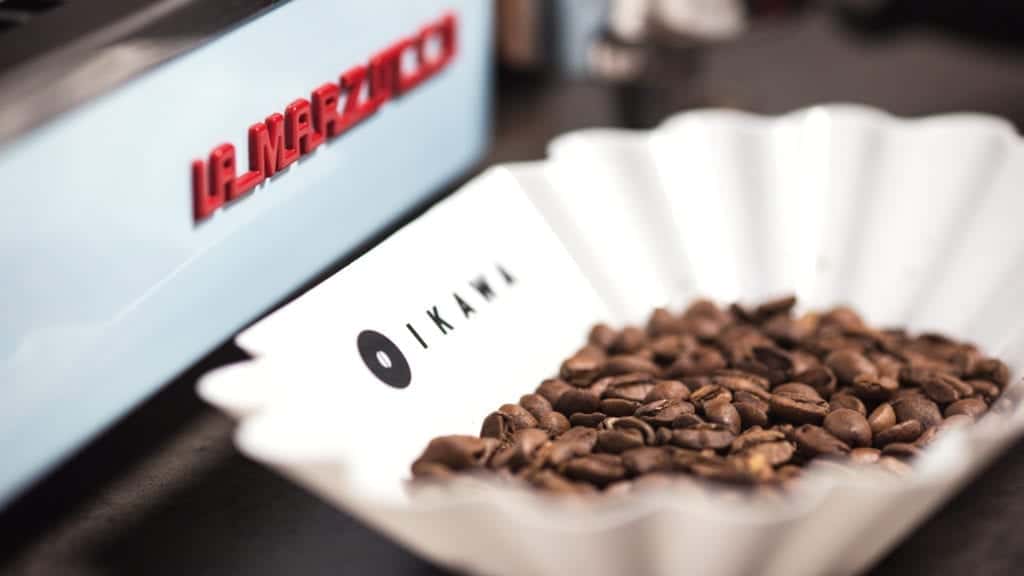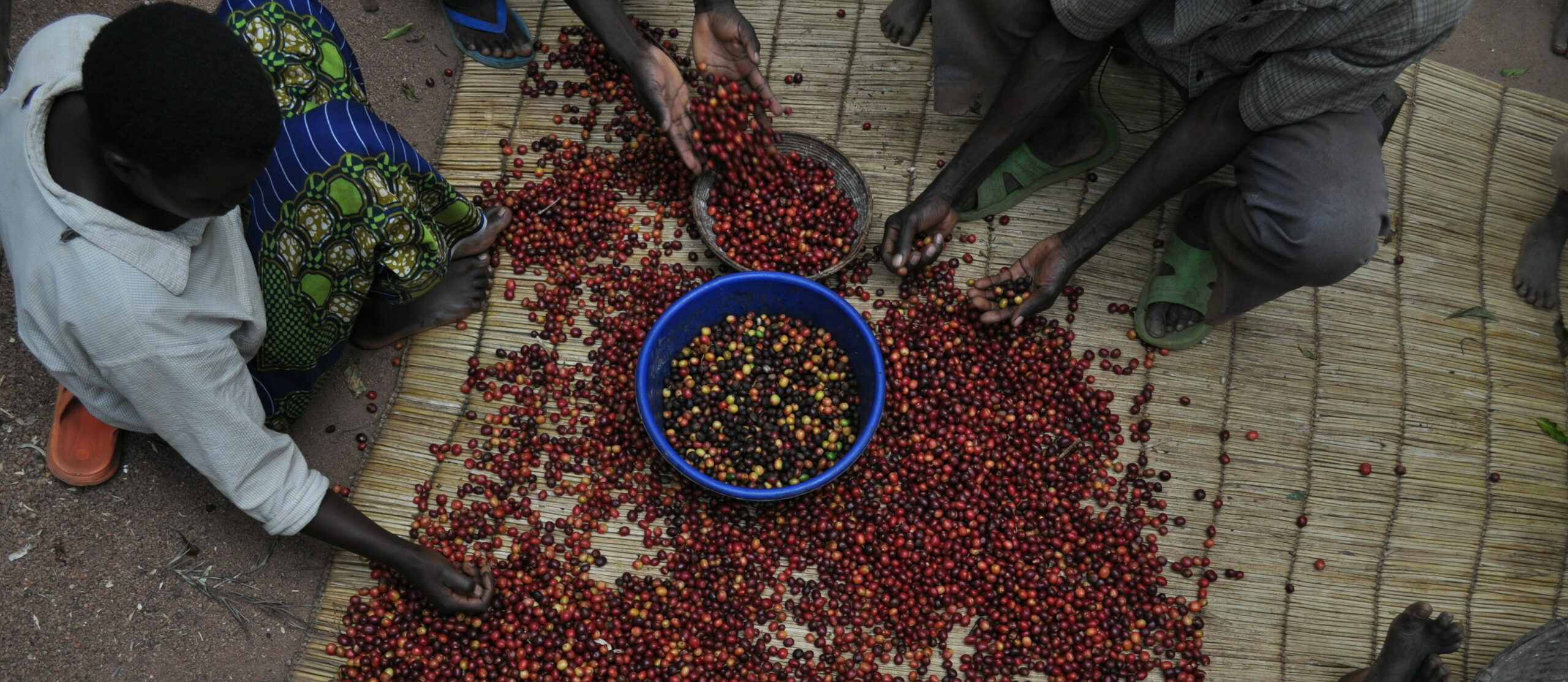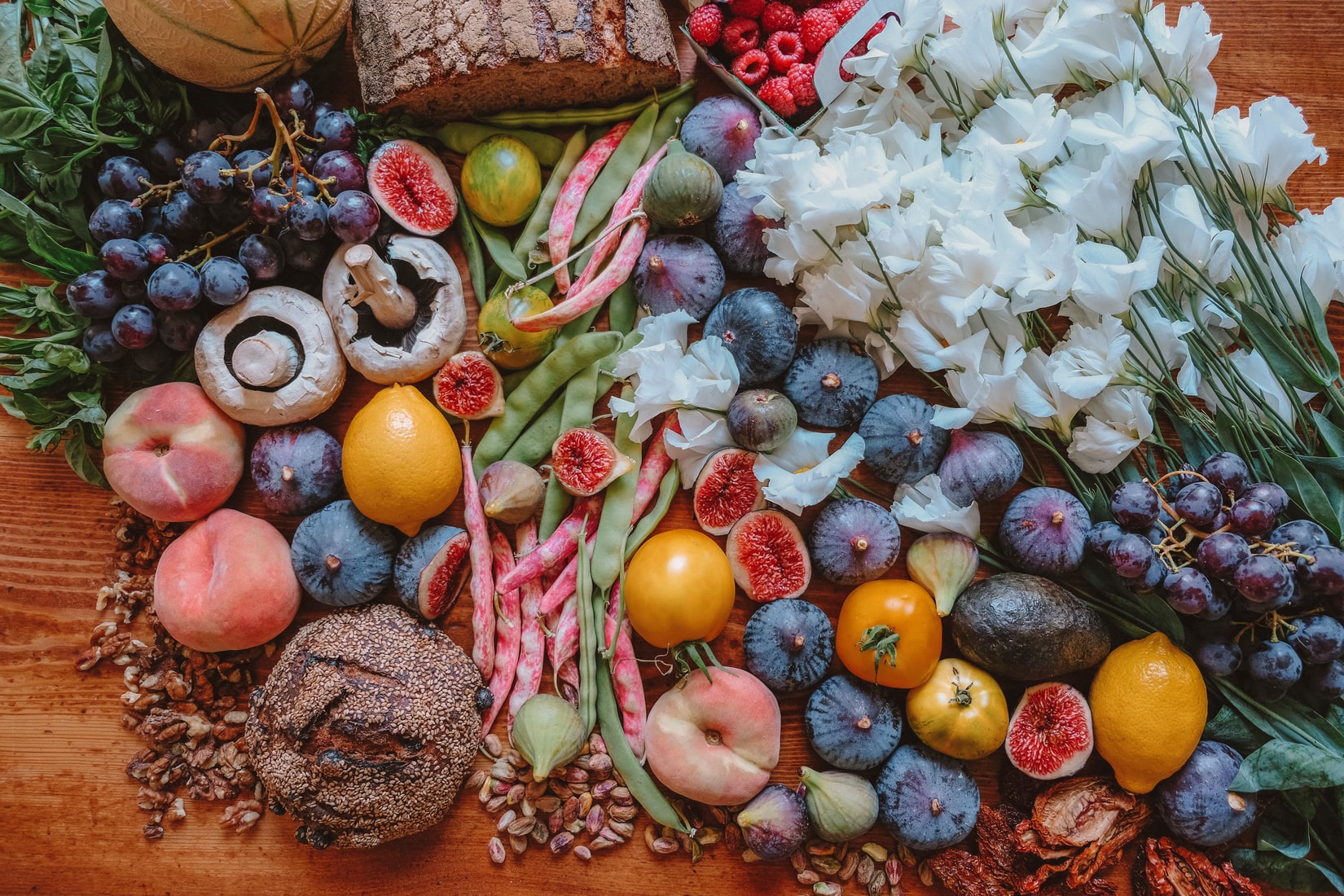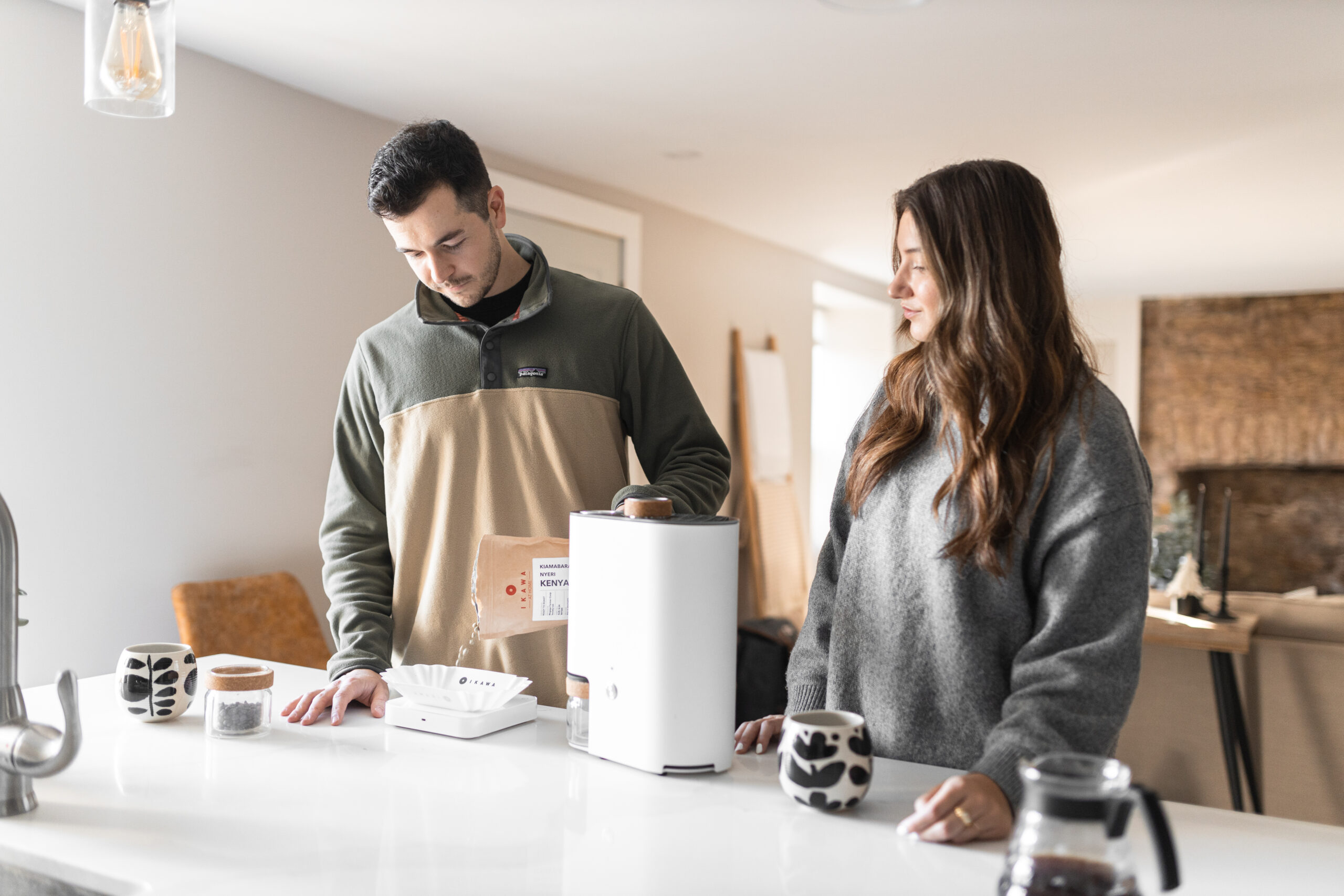INTRODUCTION
Espresso! It’s a quick hit of coffee flavour. Powerful and absolutely delicious if it’s done well. It’s also notoriously difficult at times. But don’t worry, we’re here to help. This post covers the essentials for building a great espresso roast, which coffees to use and more. And, at the end, we’ve got a couple example profiles for you.
The IKAWA At Home is a great tool for creating espresso beans how you like them. And this post will help you choose or create roasts that make a better espresso at home. Professionals have access to incredible espresso machines and grinders and can often get away with more daring roasts. This post is aimed at home baristas using home equipment, although the content may be welcome for anyone.
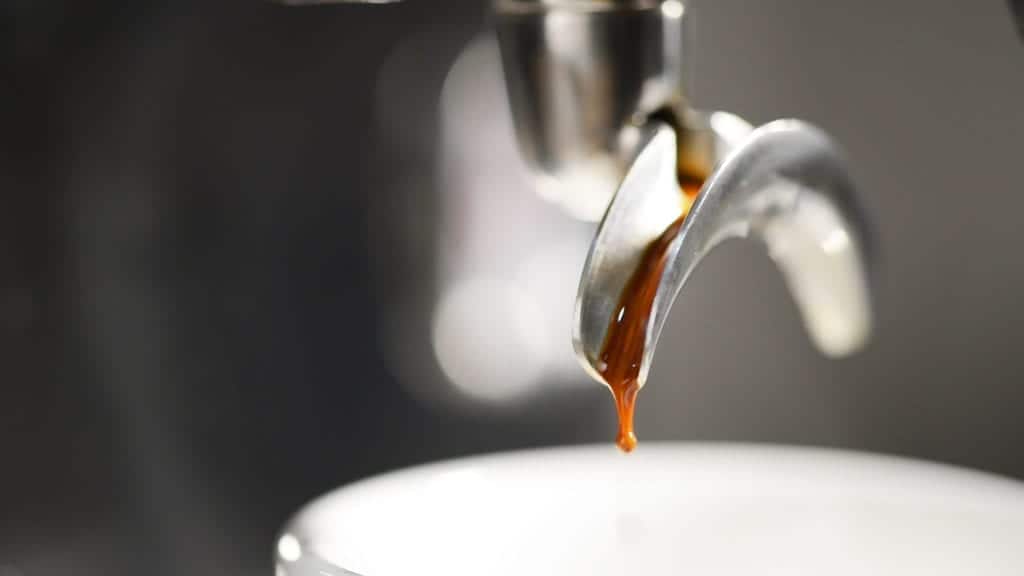
There are a number of factors that I consider when roasting for espresso. Which beans I choose, the flavours I want to achieve from the espresso (is it black or with milk?), and of course, my personal preference.
WHAT IS ESPRESSO?
Before diving in, it’s good to clarify for anyone new what espresso actually is. For someone new, it’s easy to be confused with so many terms.
Espresso is a type of coffee beverage. It’s a small, very concentrated extraction (about 6 – 10x more concentrated than a normal filter brew) and it’s used as the flavouring in a latte, cappuccino, and macchiato.
The only difference between a latte, cappuccino and macchiato these days is really the amount of milk you’re adding to the espresso.
That’s probably contentious, but moving on to espresso roasts.
An espresso roast is simply a way of roasting any green coffee with the intention of it tasting good brewed as espresso. It’s not stronger, or a different type of green coffee, but usually roasted differently to suit the espresso making process.
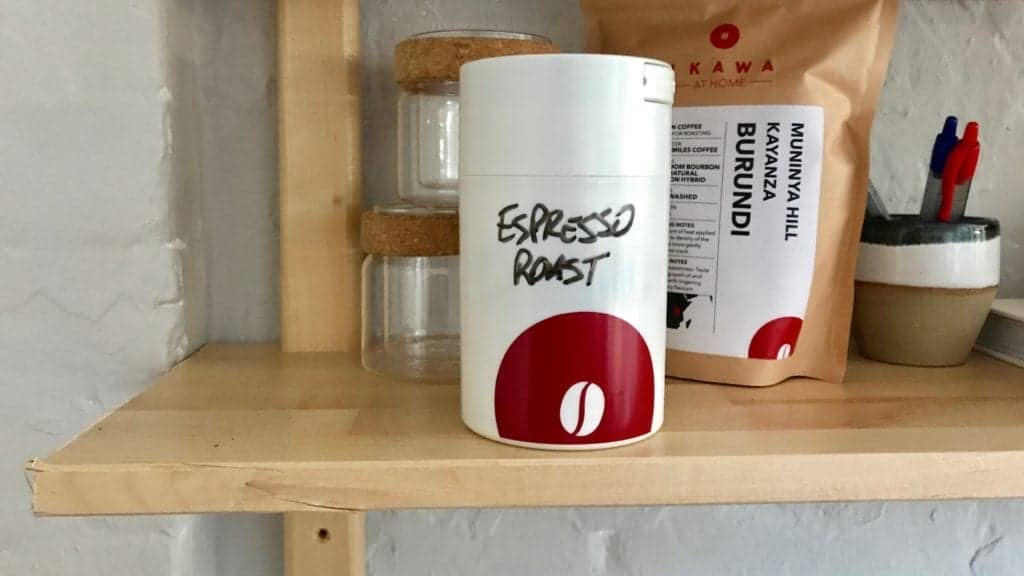
WHY ROAST FOR ESPRESSO?
One main reason: to make better tasting espresso more often.
There are two major reasons why espressos don’t taste good. Under extraction and high acidity. Often, when the acidity is too high it’s because of under extraction. But they can be exclusive.
SOLUBILITY
Espresso happens really quickly – in 20 to 40 seconds – but we still want to extract the same amount from the grinds as we do in a filter brew.
With every coffee brewed we want to dissolve around 20% of the coffee into the water. Higher than that is difficult to achieve. Less than 20% is a more common landing point for most people.
Through extensive blind taste tests it’s widely regarded that, on average, brews with less than 18% of the coffee dissolving into the water taste less good than those that are between 18% and 22%. This applies to both espresso and filter (drip) brews.
With espresso, because we have less water and less time to do so, it’s more challenging to reach those peak extractions (19 – 22%).
One way to help achieve this is to help the coffee dissolve in water more easily. You may hear your local barista say that a coffee is “easy to work with” on bar. This means that without much fiddling, each day the coffee is sweet, pulling at a good speed and generally just tasting great even when the espresso is extracted a little differently.
For example, 1 shot runs for 25 seconds and the next one for 29 seconds, but they both taste great. That’s easy to work with. It’s forgiving. A darker roast will be dissolved in water more easily, and so a darker roast can be “easier to work with”. The flip side here is a roast that has a very narrow sweet spot, and where the espresso only tastes nice at very specific variables. Our experience is that is often a lighter roast. They can be amazing made as espresso, but more difficult to achieve that sweet spot.
ACIDITY
We know espresso highlights everything about a coffee – it’s intense, and therefore so will be the acidity. And usually a sour shot of espresso is not something people enjoy. As the Total Dissolved Solids (TDS) of a coffee beverage increase (in other words, as the concentration of the beverage goes up), so does the acidity.
A good espresso will have the acidity balanced and often the roast needs to be adjusted with this in mind to reduce the acidity of the coffee.
Longer and darker roasts, in addition to increasing the solubility of a coffee, reduce it’s acidity. There are ways to pull espresso in a manner that can also “tame” acidity, but what we are looking for here is “easy to work with”.




